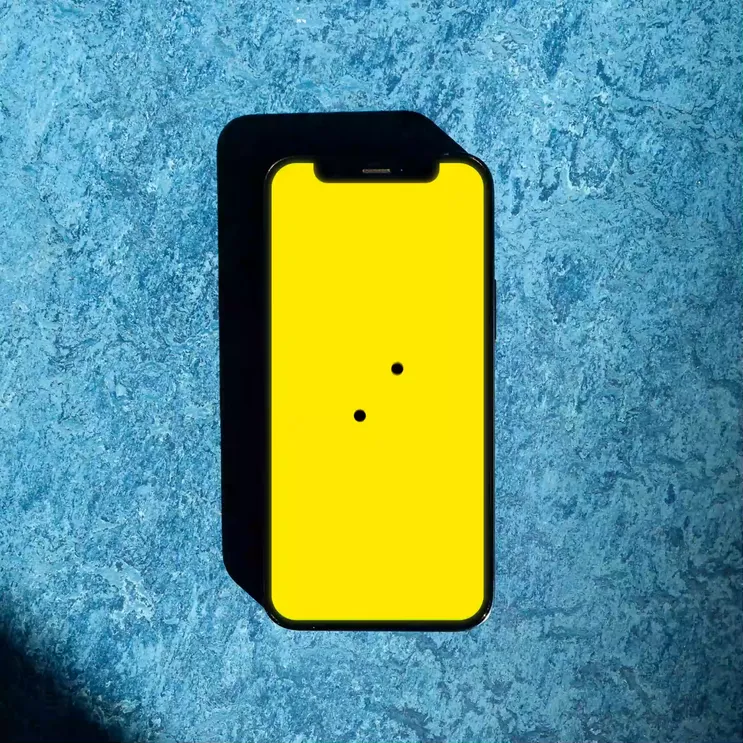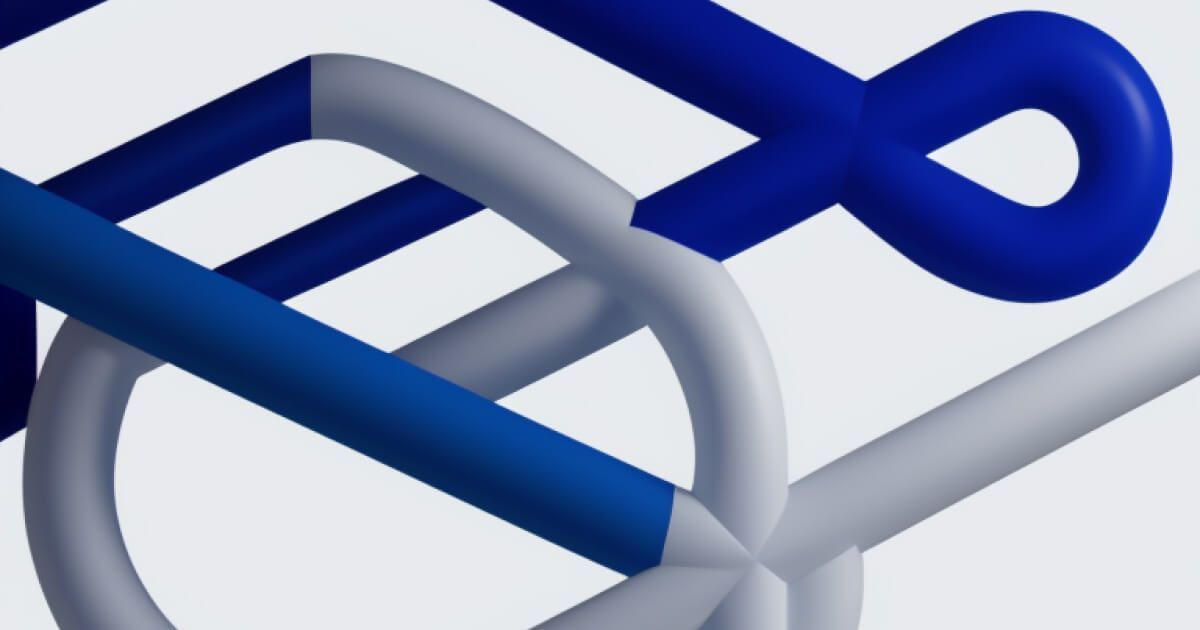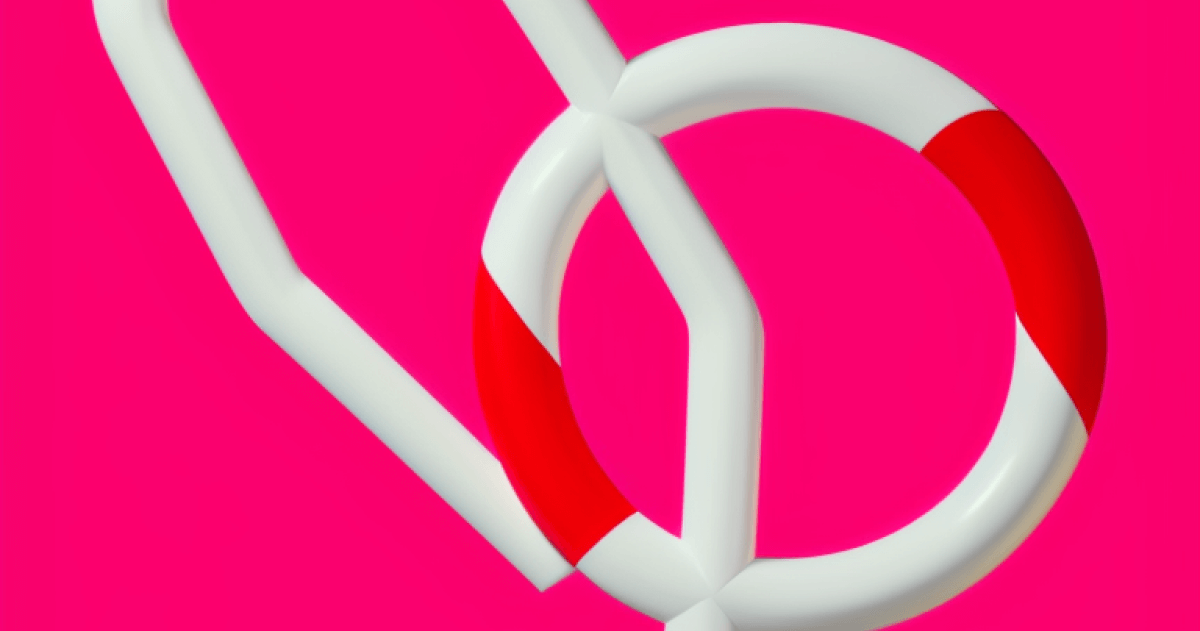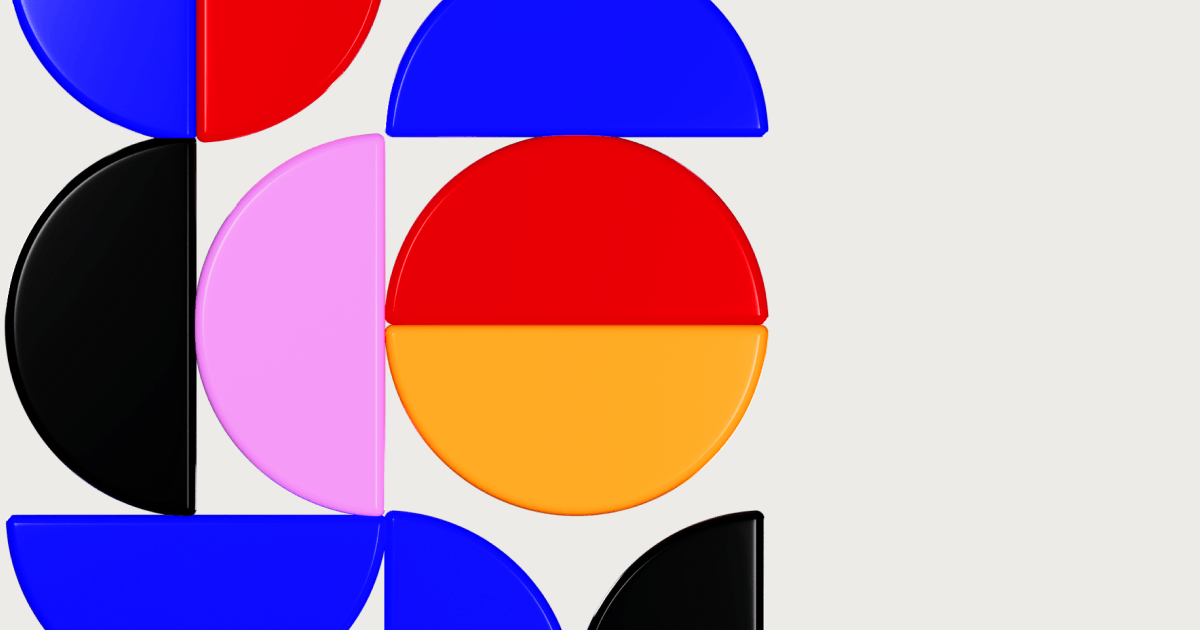Design
7 min read
Why You Should Treat Your Website as a Product
Gone are the days when launching a new website was a “project” that someone from the company would lead with an external design agency or a couple of in-house designers. The work on the new website used to stop at its “launch”, followed by a few celebratory social media posts and “well done” emails – job done! It was a great feeling, wasn’t it?
This waterfall approach leads to a decent final result that usually serves the needs of the company for a few months. Not long after launch, the new shiny website gradually becomes out of date and misrepresents the company. It’s not surprising that 9 out of 10 companies are not completely happy with their website.
Some of the most common reasons why clients contact us to design their new website are:
- it looks dated and sometimes even “embarrassing”;
- it doesn’t represent our company/product/culture at all;
- it doesn’t generate leads;
Even after a complete redesign, a few months later, companies risk being in the same situation again. Why? Because just like your product, your website needs the same level of attention and continuous optimisation to meet your ever-changing user and business needs. It might not require the same amount of intensive experiments like a complex product, but it should be maintained with the same growth mindset approach: 1) hypothesise; 2) test; 3) measure; 4) iterate; 5) repeat.
We have a few kick-off workshop structures here at Pony and the two that almost overlap each other are the ones for Product UX and Website. We treat them almost the same. And here’s why:
Focus on conversions
Even if it’s just the contact form, you must always be thinking beyond using your website as your online business card. Lead generation opportunities could be in the form of downloadable materials, a chatbox, social media follows, gated offers, calculators, industry-specific guides, etc. There’re dozens of options to engage your audience and the only way to know which one works best for you is to test them as quickly and efficiently as possible. The same way you run experiments for testing new product features.
Considering how many easy-to-implement options are out there, you’d be missing tons of opportunities if you’re using your website just to provide information and to host your contact details. Even the simplest website should be generating measurable commercial results.
User-centred approach & JTBD
Your website should take people on an exciting journey to discovering more about your company and keeping them curious to learn more. It should be compelling and engaging, but also extremely simple and easy to navigate. The UX should be enriched with delightful Aha! moments, but not overwhelming or confusing. Exactly the same way as a perfectly designed digital product. That’s why it’s essential to start your redesign project by focusing on your users’ needs and what jobs users are trying to get done when they land on your website.
Red routes
Just like with every product, you should have a list of 3-4 critical user flows that bring the most value to the user and design the website UX around these key user journeys. We call them “red routes”. It’s not about making a list of pages that you think are useful and grouping them so they make sense. It’s about understanding what the user needs the most from your website and building the information architecture so it serves these needs.
Analytics should go deeper
If used to their full capacity, GA or any other analytical tool could give you much more useful insights than the usual suspects like traffic, bounce rate, demographics, conversion rate. Just the way you track activation, churn and retention for a product, you should be measuring the website KPIs that have the biggest value for your business and aim to improve them on a weekly basis. Again – this is not a one-off project, this is a continuous process that shouldn’t have an end date.
A common mistake we come across when redesigning existing websites is that teams don’t try to understand what’s not working with the current website beyond the obvious aesthetic issues. The data you already have should be saying a lot about what issues the new version of the website should address.
Your website as a “trailer”
Allowing users to experience the product before signing up has become a popular and very successful component of a solid product-led growth strategy. Using your website as a product “teaser” could see it as an extension of the product, so from a user point of view, there might not be a clear differentiator between your website and your product. In fact, this must the ultimate goal for all SaaS companies if they want to achieve a cohesive user experience. This requires more of a mindset shift – if your business is a digital product, the marketing website/landing pages should be treated as part of it.
Why some aspects of your website require even more attention than your product
For the majority of businesses, more people will see their website than experience their product or services. This on its own makes it an extremely important business asset and the most valuable marketing material. Even if you get many other things wrong, a strong, well-optimised website will go a long way and will continue to bring business benefits long after other campaigns and activities have finished.
Your website is also the main “stage” of your branding. Unlike the product, where everything should be neat and minimalistic, the website is usually where you can play with branding assets such as illustrations, animation, typography, and patterns and let your creative copywriting and tone of voice capture people’s attention. Your brand personality shines the most on your homepage, the rest of the product would usually follow its lead. Not to mention that some of the most important and usually most visited pages like About Us and How It Works should be planned with great precision and attention to detail.
If you remember one thing from this article, let it be: If you want to see long-term gains from your website, treat it like a product, not a project.























